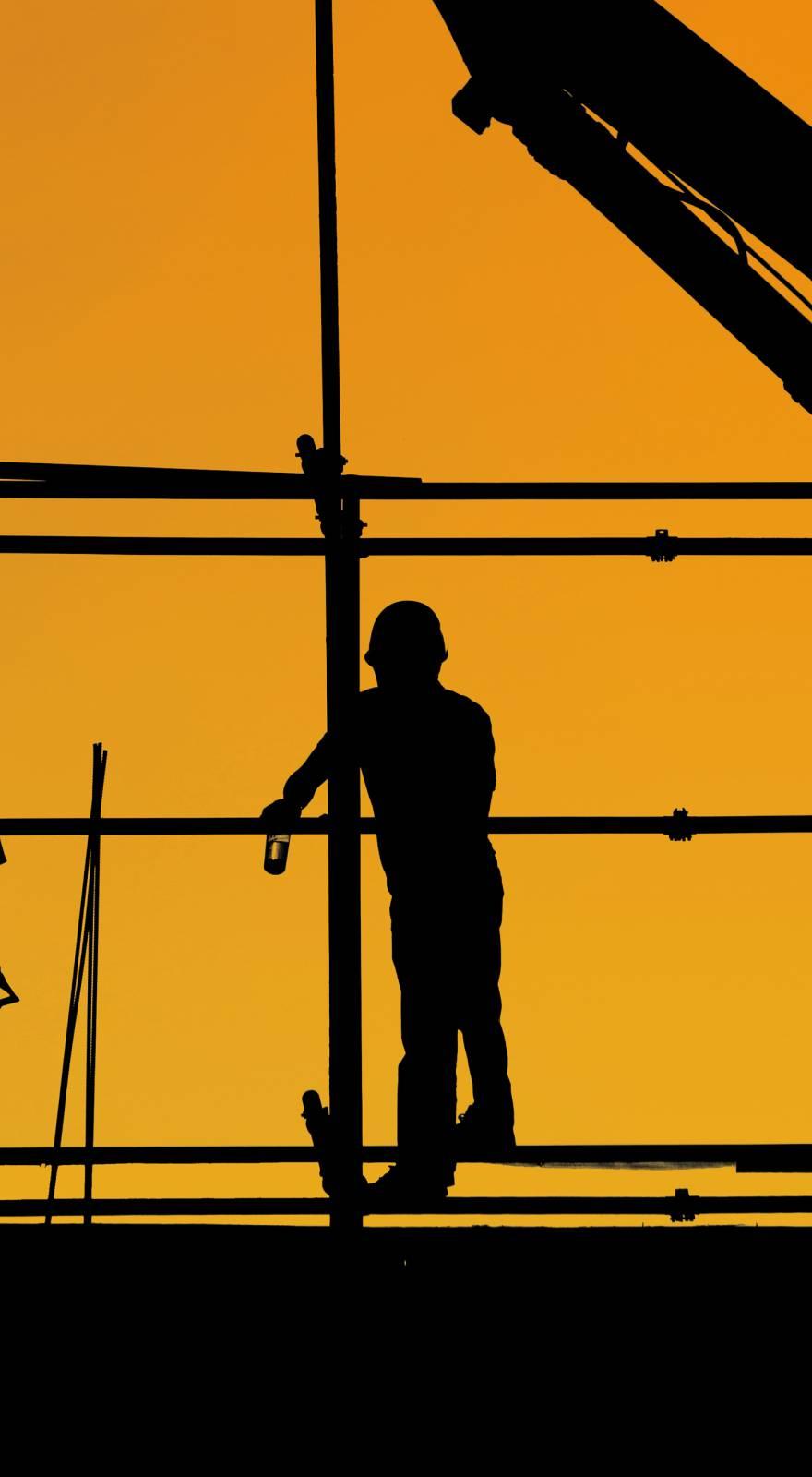Knowde Enhanced TDS
Identification & Functionality
- Chemical Family
- Polymer Name
- Technologies
- Product Families
Features & Benefits
- Labeling Claims
- Materials Features
- Advantages
EC Duro-Bond Chlorobutyl exhibits excellent abrasion and corrosion resistant properties. The lining is applied while in the soft uncured state. It readily conforms to curved surfaces allowing it to be applied to a wide variety of equipment with complex shapes.
- Chemical Resistance
The information listed may be considered as a basis for recommendation, but not as a guarantee, unless sold and installed by Electro Chemical Engineering & Manufacturing Co. For resistance of Duro-Bond Chlorobutyl to chemicals not listed, contact our Engineering Department at:
Applications & Uses
- Applications
- Plastics & Elastomers End Uses
- Uses
Duro-Bond Chlorobutyl is used as a lining for tanks, valves and other equipment where chemical and heat conditions require a special lining. It is used primarily for handling specific acids at high concentrations such as hydrofluoric acid at 70%.
- Application
The installation of Duro-Bond Chlorobutyl sheet lining is described in the following steps:
1. The metal surfaces are sand or grit blasted to a white metal finish.
2. One coat of primer is applied immediately after blasting metal to prevent rusting. Additional coats of primer are applied, if necessary.
3. The required coats of intermediate or tie cement are applied allowing sufficient drying time so that the coat being applied does not lift the preceding cost.
4. Edges of all sheets are skived at an angle from the top surface to the bottom of the sheet.
5. The Duro-Bond Chlorobutyl sheet is wiped with the recommended solvent and allowed to dry before application. The Duro-Bond Chlorobutyl sheet is then applied using the minimum number of seams consistent with good lining practice. Edges should overlap approximately 2" unless restricted by dimensional tolerances. During application, sheets are rolled and all seams and corners carefully stitched to eliminate all trapped air between lining and cemented surfaces.
6. Steam is required to vulcanize Duro-Bond Chlorobutyl to produce the required physical and chemical properties and adhesion to the metal substrate.- Method of Testing
All lined surfaces are inspected for blisters, lifted edges and surface defects. Any special dimensional tolerances required after lining are also checked. All areas are spark tested for leaks using a dielectric spark tester adjusted to 5,000 volts. The tester is moved constantly and quickly over the lining surface to prevent a burn through.
- Repair Procedure
Most defects will be blisters between lining and substrate, blow holes where the lining is actually ruptured, small cracks in the lining or physical damage which may result in a scuffed or broken lining. If a defect occurs, the defective lining is removed to a point where firm adhesion to the substrate is found, a suitable repair made with the same or equivalent lining material and subsequently testing the repaired areas as described in "Method of Testing".
Properties
- Color
- Physical Form
- Physical Properties
| Value | Units | Test Method / Conditions | |
| Specific Gravity | approx. 1.14 | - | - |
| Tensile | min. 1,000 | psi | - |
| Elongation at Break | 600.0 | % | - |
| Hardness Shore "A" | approx. 50 ±5 | - | - |
| Water Absorption (72 hrs at 212°F) | max. 6 | % | - |
| Flammability | Burns and supports combustion | - | - |
| Abrasion Resistance | Excellent | - | - |
Technical Details & Test Data
- Service Temperature
The maximum temperature for which Duro-Bond Chlorobutyl is recommended is 180°F (82°C). However, it can withstand higher intermittent temperatures. In constant elevated temperatures elastomers can harden and age prematurely, resulting in cracks and lining failure. It is sometimes desirable to provide thermal insulation, thereby increasing the service life of the lining. Corrosion resistant shale, fire-clay, or carbon brick are generally used for this purpose. One or more courses of brick joined with one of the Electro Chemical corrosion resistant cements may be required to obtain the desired temperature reduction.

